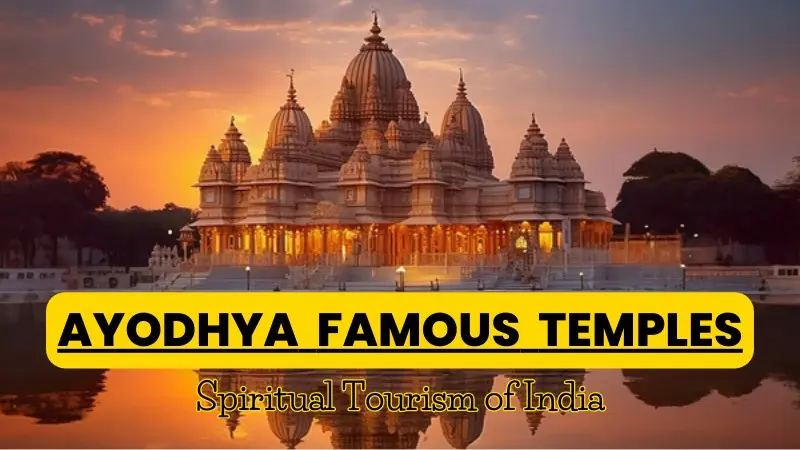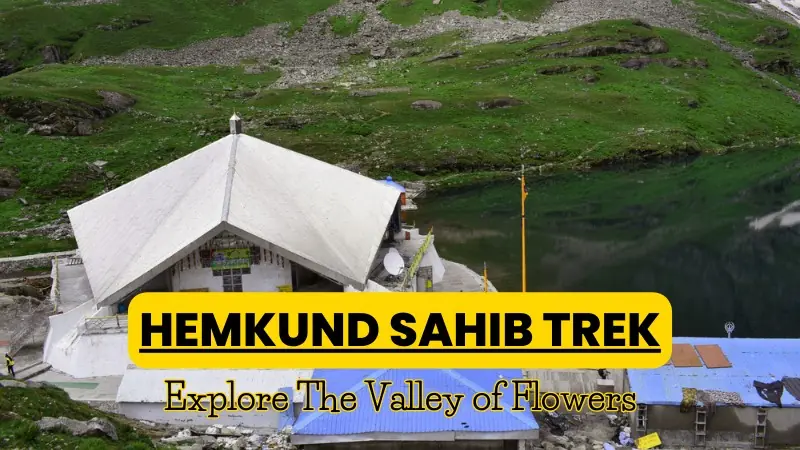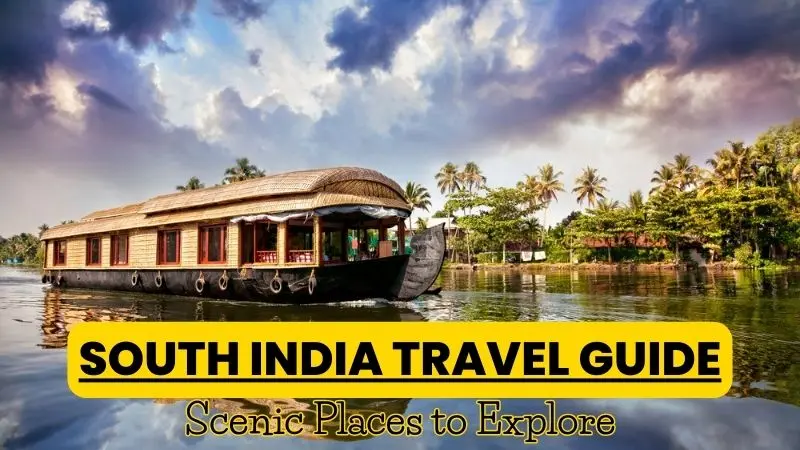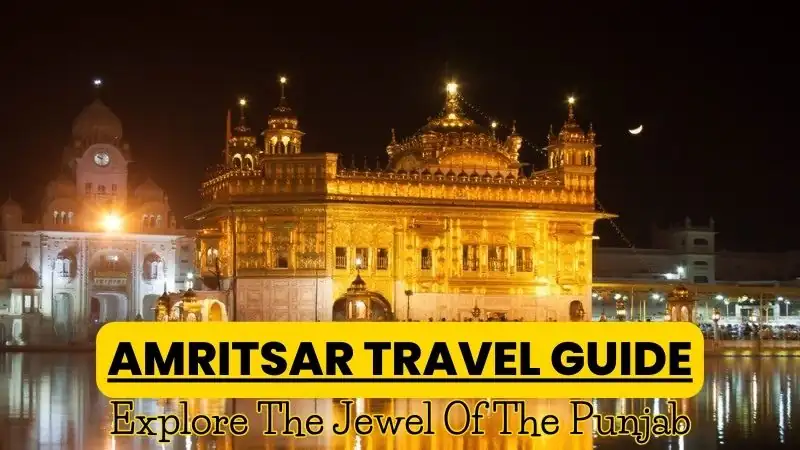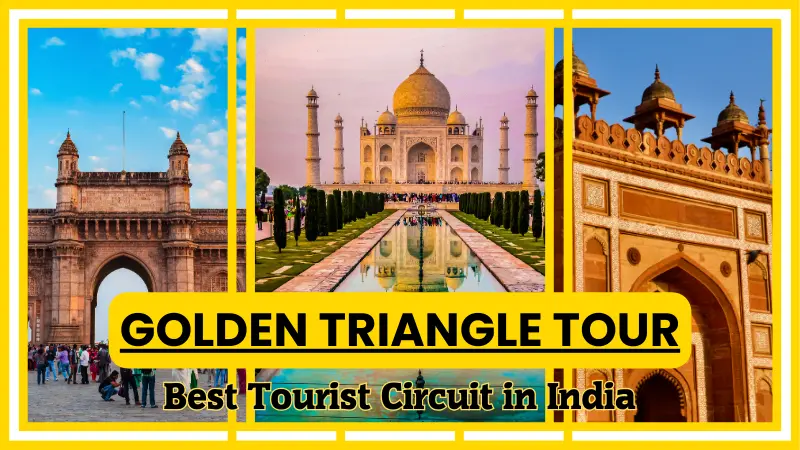
Places Covered In The Golden Triangle Of Indian Tourism Circuits
Delhi, Agra, and Jaipur, known as the Golden Triangle tour, create a magnificent journey through India. This trio of cities promises an enriching experience, showcasing the best and most authentic aspects of the country. India, with its vast diversity in cultures, landscapes, cuisines, languages, and architecture, is a captivating destination. Yet, navigating through such a multifaceted country can be quite challenging for any traveler. Does the Golden Triangle trip to India sparkle with adventure and discovery? Is the Golden Triangle Tour worth the hype? Absolutely! This unique travel package unravels the rich histories of three major Indian cities. If you have the chance to explore them, seize it! Top 10 Attractions of the Golden Triangle Tour The Golden Triangle encompasses three key destinations in North India: Delhi, Agra, and Jaipur. Spanning between 200 and 250 km apart, each city is steeped in history, culture, and heritage. This diversity makes the journey along this route a tapestry of endless possibilities. Here are 10 must-visit attractions on your Golden Triangle Tour in India: 1. Embrace the Spirit of Patriotism at India Gate Standing tall as India’s Arc-de-Triomphe, this memorial was erected to honor the brave soldiers who perished in World War I. Adding to its solemnity, the Amar Jawan Jyoti, or “the eternal flame,” was later installed to remind us of their sacrifices. Encircled by expansive, meticulously maintained lawns, the memorial boasts symmetrical rows of lush trees. Visitors flock here to marvel at its grandeur, unwind amidst the greenery, indulge in picnics with loved ones, or savor ice cream from the nearby vendors. 2. Akshardham’s Spectacular Sound and Light Show Akshardham, also known as Swaminarayan Akshardham, stands as a sanctuary and cultural hub in Delhi, India. This sprawling complex is a tribute to Hindu traditions, architecture, spirituality, and culture. It boasts exhibition halls, thematic gardens, a theater, musical fountains, and various activity areas surrounding the central shrine. One of its most captivating features is the multimedia water show, a masterpiece that transcends words. Through stunning audio-visual effects, it narrates mythological tales, leaving visitors in awe of its grandeur. 3. Journey Through Time: Old Delhi’s Heritage Walk Embark on an Unforgettable Journey: The Old Delhi Heritage Walk stands out as one of the country’s most remarkable heritage experiences. Within just a few kilometers, you’ll encounter a blend of bustling activity and rich history. Start your journey at Chawri Bazaar and meander through the enchanting streets, ending at Chandni Chowk or vice versa. Along this path, you’ll encounter shops with centuries-old legacies, winding alleys, and a tapestry of historical monuments and religious sites representing diverse faiths. From the grandeur of Jama Masjid and Red Fort to the serene Sheesh Ganj and Shri Digambar temples, every step reveals a new facet of Delhi’s vibrant heritage. Don’t miss the lively markets, where the pulse of the city beats with unceasing energy. 4. A Visit to the Taj Mahal Embrace the Magic: The Taj Mahal, renowned as one of the world’s most exquisite monuments, is a marvel in every sense. Its beauty transcends time, showcasing varying hues throughout the day. However, witnessing the Taj Mahal at sunrise is an experience like no other. As the morning sun casts its gentle light upon the monument, shades of pink and red dance across its facade, illuminating its white marble with a soft, ethereal glow. The way the Taj Mahal reflects the sun’s rays is nothing short of mesmerizing, creating a spectacle of light and shadow that captivates all who behold it. But the magic doesn’t end there. The reflection of this majestic structure in the tranquil waters adds another layer of beauty, transforming the scene into a breathtaking masterpiece of art and nature. To truly appreciate the splendor of the Taj Mahal, visit early in the morning and let yourself be enchanted by its timeless beauty and remarkable architecture. 5. Agra’s Heritage Stroll Step into the Past: Explore the old city of Agra on another captivating walk included in this tour. As you wander through the bustling markets, you’ll uncover traditions and untold stories woven into the fabric of the city. Highlights of this walk include the Jama Masjid, the vibrant spice market, and the ancient temple of Manka Maheshwar, dedicated to the Hindu Goddess. Along the way, you’ll have the opportunity to interact with locals, who will regale you with fascinating tales from days gone by. Indulge in shopping for unique local treasures, including exquisite handicrafts, artworks, and the famous Agra petha, a sweet delicacy exclusive to this region. Conclude your journey with a visit to the nearby river Yamuna, where you can admire a different perspective of the Taj Mahal, offering a fresh and breathtaking view of this iconic monument. 6. Fatehpur Sikri, Agra Amidst the Taj Mahal’s radiant splendor in Agra, Fatehpur Sikri beckons with its allure. This hidden gem, often overlooked by tourists, offers a perfect canvas for photographers seeking unique shots. Fatehpur Sikri is a stunning architectural marvel, meticulously crafted and steeped in history. The royal city, perched on a rugged edge and surrounded by walls on three sides, boasts a picturesque lake in the foreground. Designed by Tuhir Das, it embodies the finest principles of Indian artistry, making it a captivating destination for history buffs and photographers alike. 7. Ranthambore National Park Once the private wildlife reserve of the royalty of Jaipur, Ranthambore National Park and Tiger Reserve stands as one of the most renowned wilderness areas globally. This dry deciduous forest, characterized by rolling hills, rocks, meadows, lakes, and rivers, boasts an incredible diversity of flora and fauna. Beyond the majestic tigers, Ranthambore is home to sloths, leopards, caracals, jackals, foxes, hyenas, and mongooses. The elusive Indian wolf has also been spotted here on occasion. To witness this remarkable sanctuary during your Golden Triangle tour, consider booking a Golden Triangle-Ranthambore Tour Package. 8. Varanasi Nestled along the sacred river Ganga in the southern part of Uttar Pradesh, Varanasi stands as the oldest continuously inhabited city globally, shrouded in mystique. For centuries,




